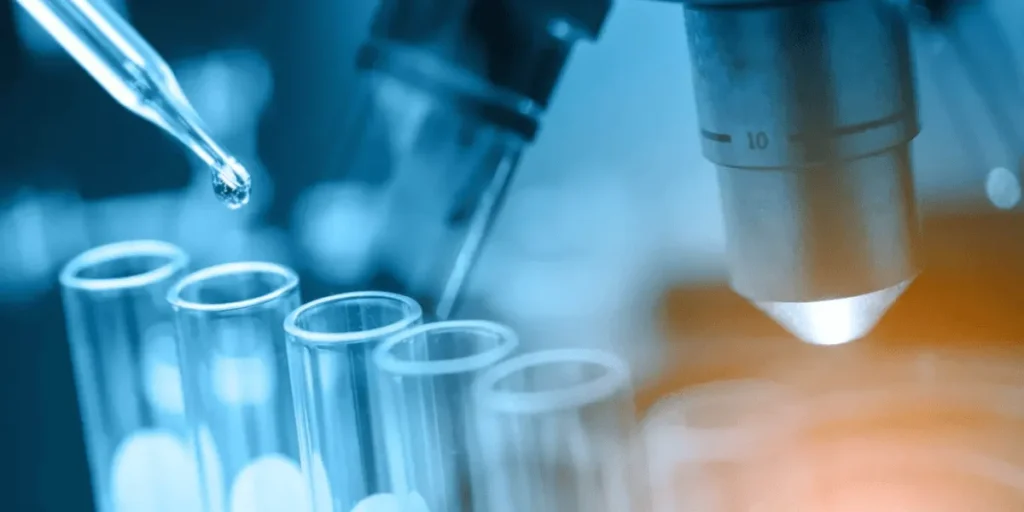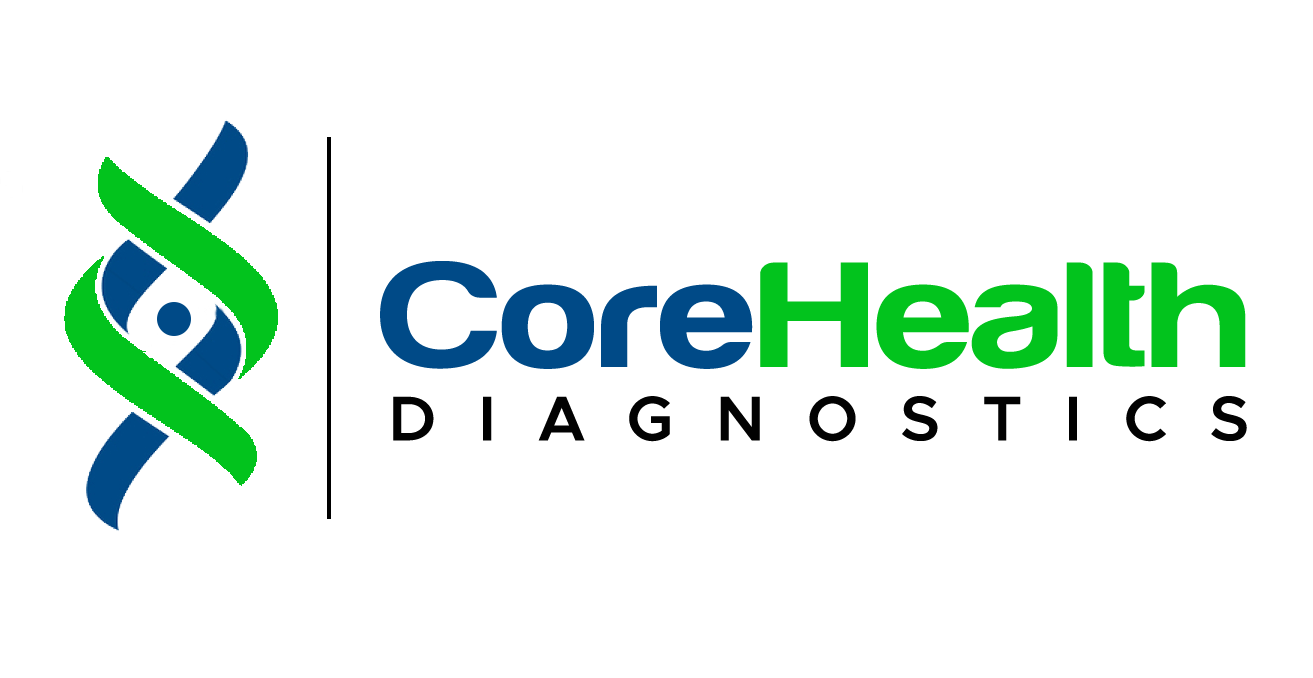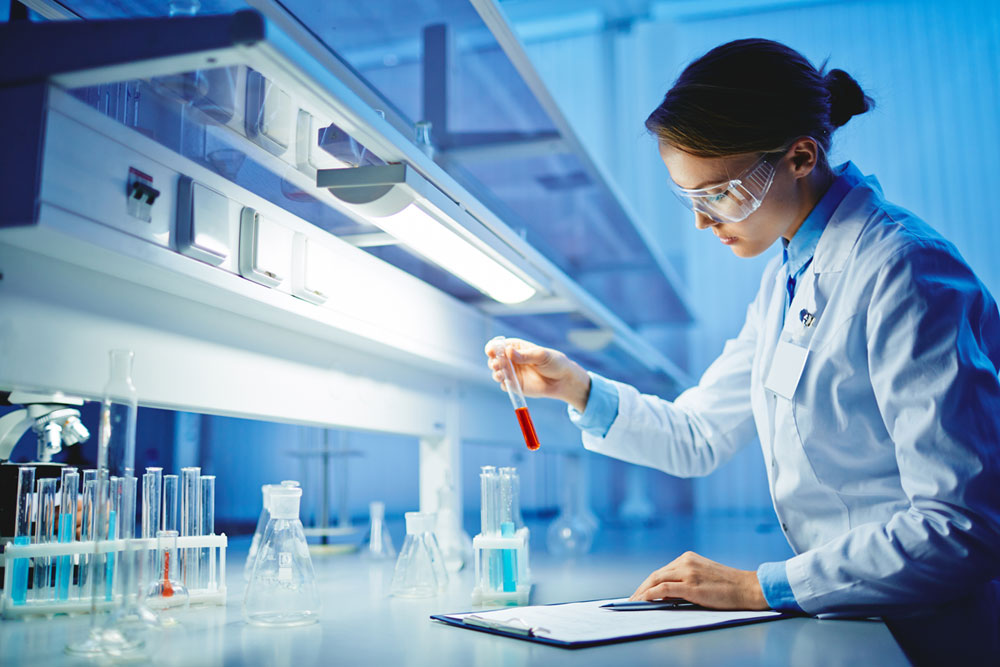Maintaining lab instruments is very important for getting accurate results and keeping a safe working environment. In this article, we will discuss some simple and effective maintenance tips for various types of lab instruments. These tips will help you keep your equipment in good shape, ensuring that your lab runs smoothly.

1. Read the Manual
Every lab instrument comes with a manual. This manual has specific instructions on how to care for and maintain the equipment.
Always read the manual before using the instrument. It provides valuable information about the parts, how to operate the instrument, and the maintenance schedule. Following the manual can prevent mistakes that may damage the equipment.
2. Regular Cleaning
Cleaning your lab instruments regularly is crucial. Dirt, dust, and chemicals can build up over time, affecting the performance of the equipment. Here are some cleaning tips:
- Use the Right Cleaning Materials: Always use cleaning solutions recommended by the manufacturer. Using harsh chemicals can damage the instrument.
- Wipe Down Surfaces: After each use, wipe down the surfaces of the equipment with a soft cloth. This helps remove any spills or residues.
- Clean Filters and Tubes: If your instrument has filters or tubes, make sure to clean or replace them as recommended. Clogged filters can lead to inaccurate results.
3. Calibration
Calibration ensures that your instruments provide accurate results. Different instruments have different calibration needs. Here are some general tips:
- Follow Calibration Procedures: Use the methods outlined in the manual for calibrating the instrument. Some instruments require calibration before each use, while others may need it weekly or monthly.
- Use Standard Solutions: When calibrating, use standard solutions or references that are well-known for accuracy. This will help ensure the calibration is reliable.
- Keep Records: Maintain a log of when calibration was done and the results. This helps track the performance of the instrument over time.
4. Inspect Regularly
Regular inspections can help identify problems before they become serious. Here’s what to look for:
- Check for Damage: Look for any visible damage on the instrument, such as cracks or loose parts. Address any issues immediately to prevent further damage.
- Test Performance: Conduct performance tests regularly to check if the instrument is functioning properly. If the results are inconsistent, it may need repair or recalibration.
- Monitor Usage: Keep an eye on how often each instrument is used. Instruments that are used frequently may need more frequent inspections.
5. Store Properly
Proper storage of lab instruments is essential to their longevity. Here are some storage tips:
- Use Storage Cases: Whenever possible, use protective cases or covers when storing instruments. This helps prevent dust accumulation and physical damage.
- Control Environment: Keep instruments in a controlled environment. Extreme temperatures, humidity, or direct sunlight can harm sensitive equipment.
- Organize Your Space: Maintain a tidy workspace. Proper organization helps prevent accidents and makes it easier to find and store instruments.
6. Train Staff
Proper training is key to maintaining lab instruments. Make sure all staff members are trained on how to use and care for the equipment. Here’s how to ensure effective training:
- Conduct Training Sessions: Hold regular training sessions for all lab staff. This helps refresh knowledge and teach any new procedures or equipment.
- Provide Resources: Give staff access to manuals and other resources so they can learn about the equipment.
- Encourage Questions: Create an open environment where staff feel comfortable asking questions about equipment use and maintenance.
7. Schedule Regular Maintenance
Many instruments require regular maintenance by a qualified technician. Here’s how to set this up:
- Create a Maintenance Schedule: Establish a routine maintenance schedule for each instrument based on the manufacturer’s recommendations.
- Hire Professionals: For complex instruments, hire professionals for maintenance and repairs. They have the expertise to handle issues correctly.
- Budget for Maintenance: Include maintenance costs in your lab budget. This ensures that funds are available when needed.
8. Keep Software Updated
If your lab instruments use software, keeping it updated is essential for performance. Here’s how to manage software:
- Regular Updates: Check for software updates regularly. Manufacturers often release updates that improve performance and security.
- Backup Data: Always back up important data before updating software. This prevents data loss in case something goes wrong during the update.
- Train Staff on Software Use: Ensure that staff is trained to use the software effectively. This helps prevent user errors that can lead to incorrect results.
9. Know When to Replace
Sometimes, instruments need to be replaced rather than repaired. Here are some signs to watch for:
- Frequent Breakdowns: If an instrument frequently requires repairs, it may be more cost-effective to replace it.
- Outdated Technology: Consider replacing instruments that use outdated technology and no longer meet your needs.
- Inconsistent Results: If an instrument consistently provides inaccurate results despite proper maintenance, it may be time for a replacement.
10. Keep a Maintenance Log
Finally, keeping a detailed maintenance log can help manage all aspects of instrument care. Here’s how to maintain one:
- Record All Maintenance Activities: Document every maintenance activity performed on each instrument, including cleaning, calibration, and repairs.
- Note Issues and Resolutions: Write down any issues encountered and how they were resolved. This helps track patterns and may indicate when to replace an instrument.
- Review Regularly: Periodically review the maintenance log to identify trends or recurring problems.
Conclusion
Maintaining lab instruments is vital for accuracy, safety, and efficiency. By following these simple tips—reading the manual, regular cleaning, calibration, inspections, proper storage, training staff, scheduling maintenance, keeping software updated, knowing when to replace, and keeping a maintenance log—you can ensure that your lab equipment remains in excellent condition. Taking the time to maintain your instruments not only saves money in the long run but also enhances the overall performance of your laboratory.
By implementing these practices, you will create a safer and more efficient lab environment, ultimately benefiting everyone involved in your research or testing processes.




